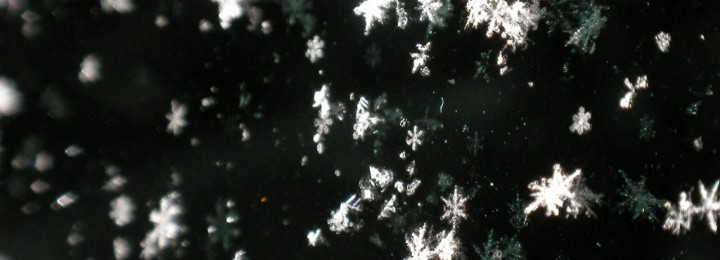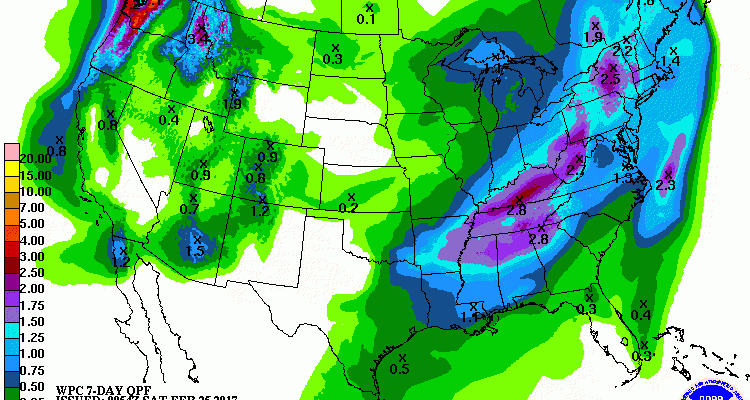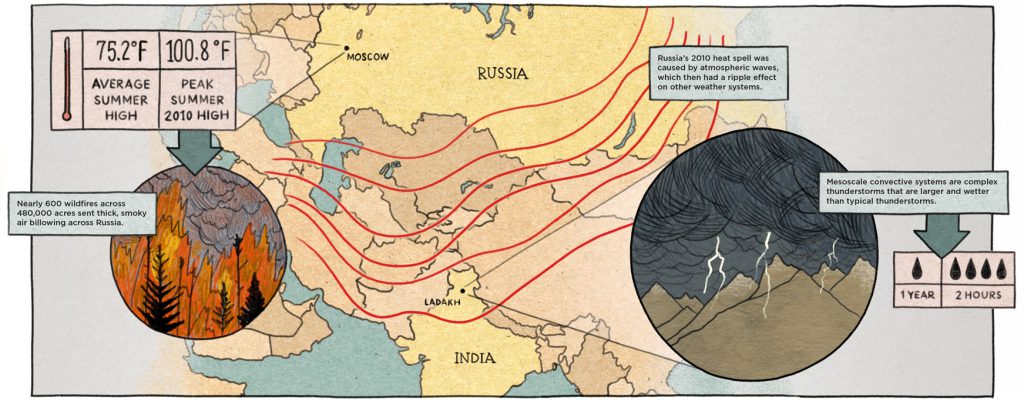-

Today is a good day to remind folk that the Midwestern Regional Climate Center has a number of freeze map products available at their VIP site (Vegetation Impact Program). The site has national maps for a number of different parameters like median date of last spring frost (you choose 32 F or 28 F). Check…
-

Since it’s been so warm, I’ve been getting questions about the likelihood of seeing more snow before this winter season ends. I haven’t had time to do the statistics yet, but I ran across this older article from the NWS in Birmingham discussing the chances of getting snow in Alabama after a warm February that…
Posted in: Climate and Ag in the news -

From my Facebook feed from Marshall Shepherd: “Here is one of many examples of how warming winters and earlier warming impact you. UGA geology professor Steven Holland has been tracking emergence of pollen in Athens since 2013. Note that it has gotten earlier and earlier. Already appearing in Feb 2017. Geez. Now, we cannot draw…
-

The latest 7-day QPF map shows that coastal areas of the Southeast, including most of Florida, will be relatively dry this week, but that the more northern sections, which are also the driest, will receive heavier rain. This may provide some relief to the drought which has been slowly expanding for the last couple of…
Posted in: Climate outlooks -

Okay, I admit it. I put this in the blog partly just because this little guy is so cute. But the story that NOAA tells about packrats like this one is important because it shows one way that climatologists determine what the climate was like as much as ten thousand years ago. Packrats, NOAA tells…
-

The strange combination of floods in California and very warm conditions out east are causing problems for some agricultural producers around the country. The Packer noted here that the heavy rain in California is delaying harvest of some strawberries and citrus, and is making vegetable planting problematic. Many fields are covered by water and berries…
-

Here’s a really interesting story about how extreme weather patterns in one area can lead to a catastrophe far away. We are linked together by the ocean of air that flows around the planet, and what happens in one place can affect things far away. Here in the Southeast we see this with El Niño…